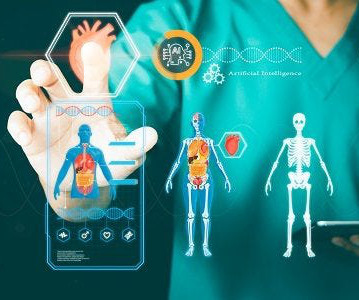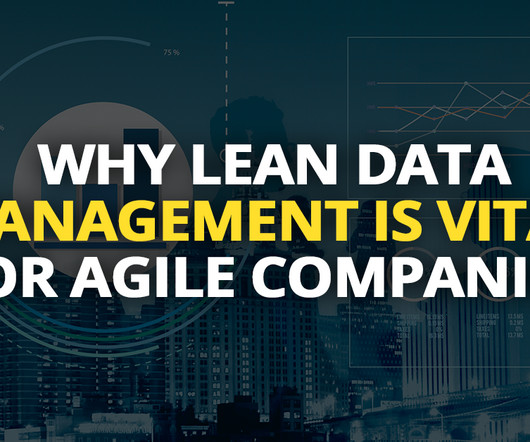Navigating tomorrow: Role of AI and ML in information technology
Dataconomy
FEBRUARY 6, 2024
This popularity is primarily due to the spread of big data and advancements in algorithms. Going back from the times when AI was merely associated with futuristic visions to today’s reality, where ML algorithms seamlessly navigate our daily lives. billion by 2032. billion by 2032. billion by 2032.











Let's personalize your content